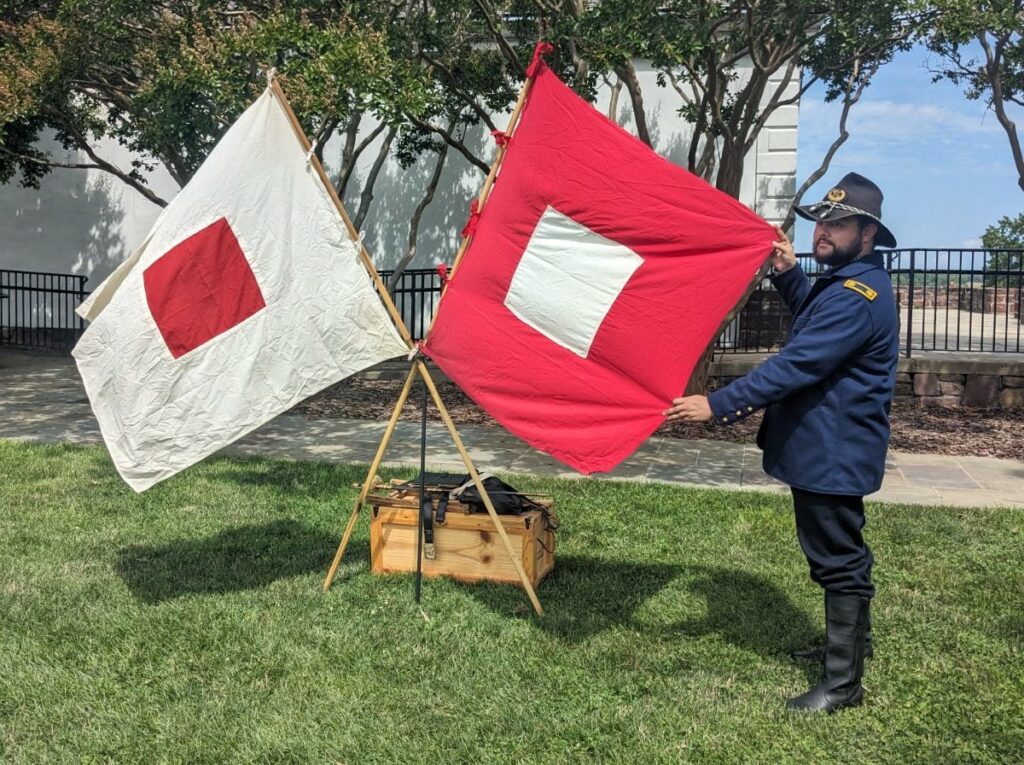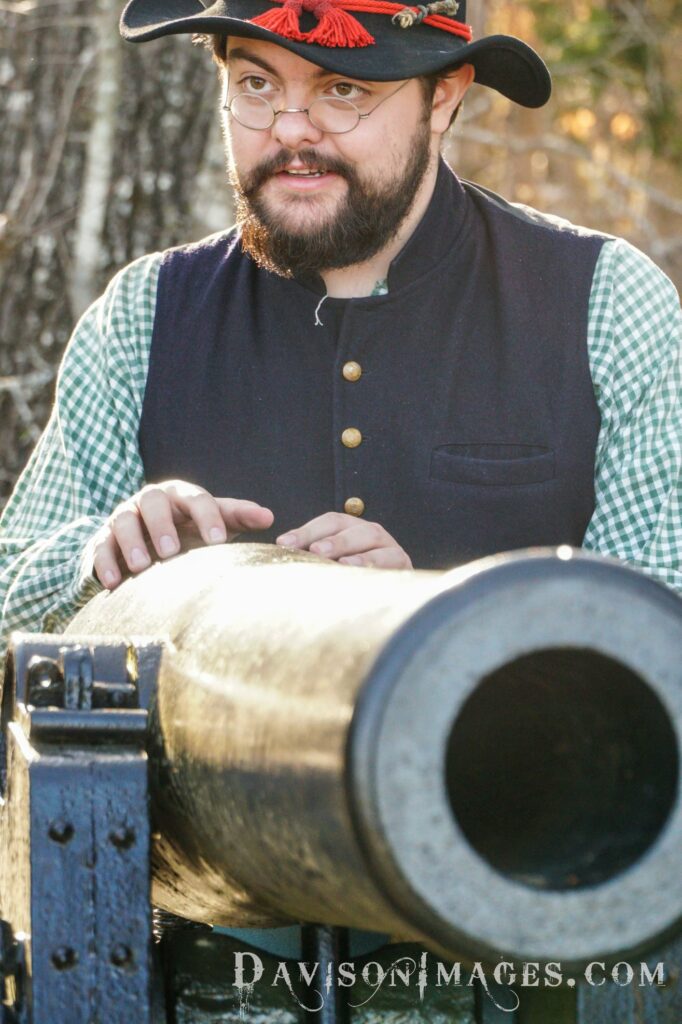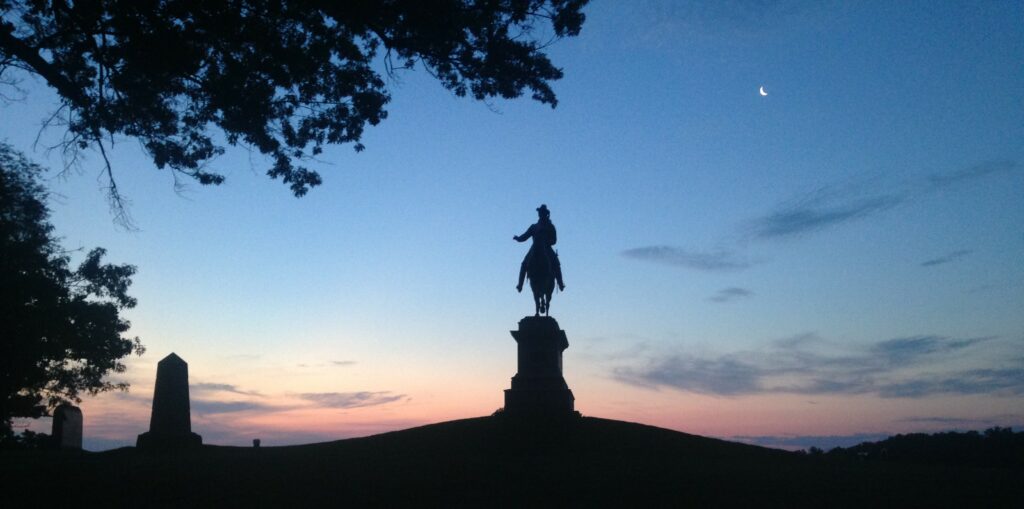This is my page dedicated to the art of living history. Living history involves providing historical interpretation to people while wearing period clothing. The main two methods of living history are first-person and third-person. First person is where the interpreter attempts to become the person they are portraying. Additionally, you live in that person’s time; so, when I portray Civil War soldiers, I live in the 1860s and my knowledge stops there. Third-person is where the interpreter is a modern person wearing clothing from the past. When I do this, my knowledge is not limited to that time period.
Two books influence my philosophy for living history. The first is Freeman Tilden’s Interpreting Our Heritage. Originally published in 1957, this book is the gold standard for training the in National Park Service. For Tilden, historic interpreters use historical facts and information to reveal that history is important. This brings history to life and gets away from images of dusty books with only names and dates. However, that is not enough: history needs to also be relevant. The book which reveals this is Nina Simon’s The Art of Relevance. This book inspires me to be a public historian by making me look beyond my own interests.

My true passion for history comes to life when participate in living historian. I have been involved in many roles, mostly military, which include infantry, artillery, and signal corps from the Civil War and the Revolutionary War. My favorite is the signal corps. They have a largely untold story. I portray the founder of the signal corps, Albert Myer, in a first-person impression group called the Confederation of Union Generals. This group provides me with an opportunity to share the story of those whose voices are not heard. For more information about the people I portray, please see my Speaker’s Bureau page.
Throughout my studies and reenacting, I also remember the words of Bruce Catton, one of the foremost twentieth century Civil War scholars. He wrote what he called “The Creed of Living Historians.” It is:

We are people to whom the past is forever speaking. We listen to it because we cannot help ourselves, for the past speaks to us with many voices. Far out of that dark nowhere which is the time before we were born, men who were flesh of our flesh and bone of our bone went through fire and storm to break a path to the future. We are part of the future they died for; they are part of the past that brought the future. What they did—the lives they lived, the sacrifices they made, the stories they told and the songs they sang and, finally, the deaths they died—make up a part of our own experience. We cannot cut ourselves off from it. It is as real to us as something that happened last week. It is a basic part of our heritage as Americans.
This was taken while touring Shiloh at the 160th anniversary in April 2022.
Photo credit: Tom George Davison.
